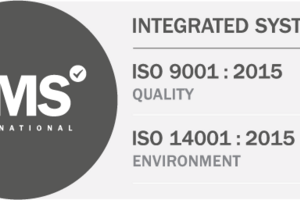21 August 2019
On the record: why data tracking and analysis can make a world of difference
Having access to extensive data about energy usage and operational patterns – including through dedicated energy audits – can help facilities managers to reach more informed decisions.
As Sherlock Holmes once observed, “it’s a capital mistake to theorise before one has data.” It’s unlikely that even the famously prescient detective could have seen how this might relate to building systems in 2019, but that doesn’t diminish the relevance of the statement.
In fact, when it comes to planning for and implementing major building systems such as heating, lighting, and air filtration and conditioning, data is everything. Before investing in a system, detailed knowledge of energy requirements – both present and probable future – can guide facilities managers towards the most suitable solution. Post-installation, regular access to data can result in potential problems being spotted at an early stage, and help identify areas in which savings could be made – for example, by switching off lighting in certain areas or during time-periods when it is not required.
For these reasons it makes sense to work with a specialist who can help customers optimise their access to data. At Greenlite our solutions are specifically designed to provide extensive data about the use of energy in offices and factories. We have also developed a popular additional service, Energy Watch Audit, that allows customers to deeply interrogate their energy usage and identify ways to make savings.
We are talking here about a four-step process. In the first stage, our experts can collate and assess a site’s energy data and translate it into user-friendly analysis. Next, we can undertake a site visit to understand in detail when and where energy is being wasted in connection with HVAC and lighting systems. Thirdly, we can propose cost-effective steps by which energy expenditure can be reduced – such as upgrading to next-generation LED lighting or installing more intuitive control systems. Finally, we are able to carry on monitoring a site’s energy usage after the audit has taken place, helping customers to identify anomalies and achieve further savings.
It is only by truly understanding the use of energy that a company can optimise its expenditure in this area and make sure that it is contributing positively to a lower-carbon future. Fortunately, there are now systems and services within easy reach that make this an entirely realistic aspiration.


